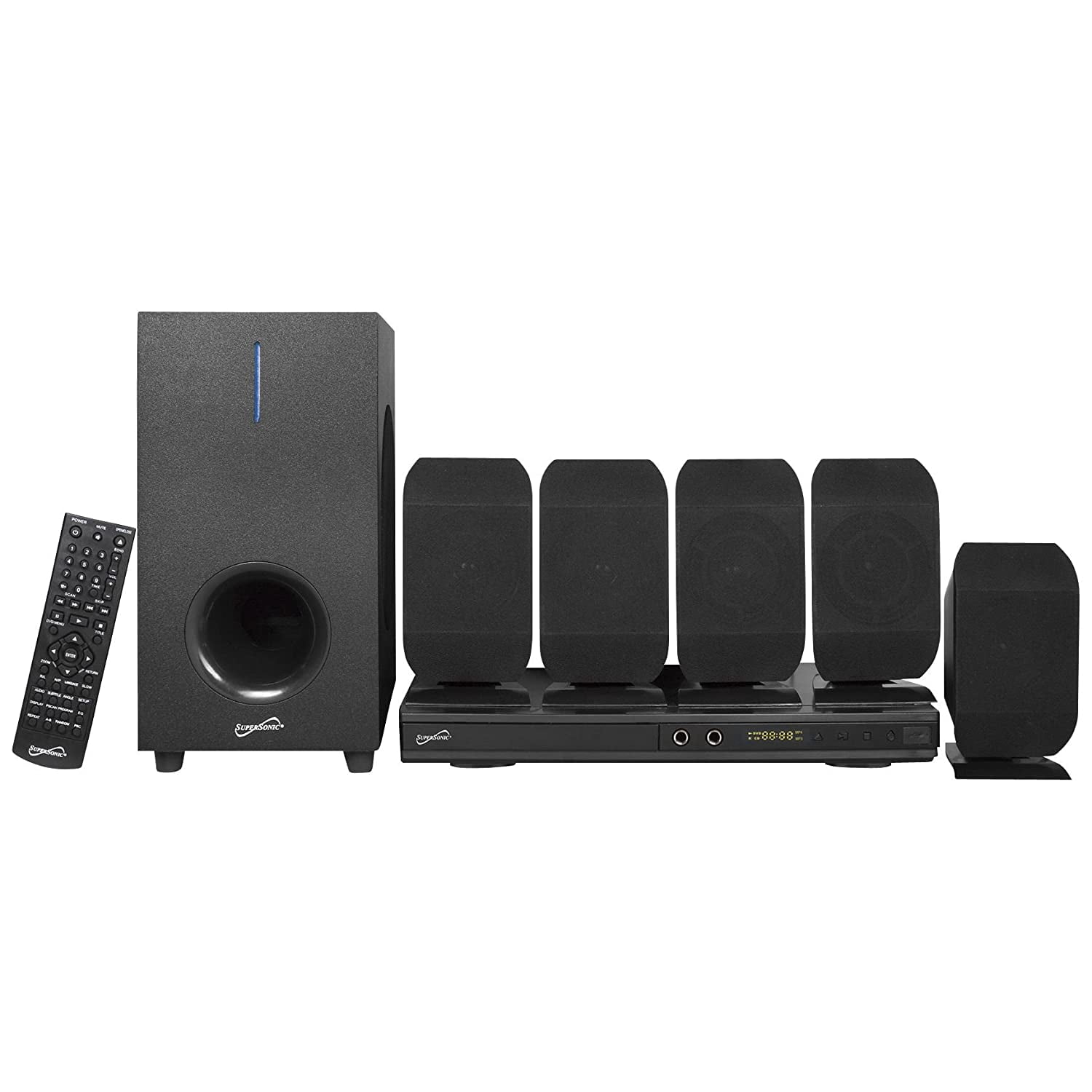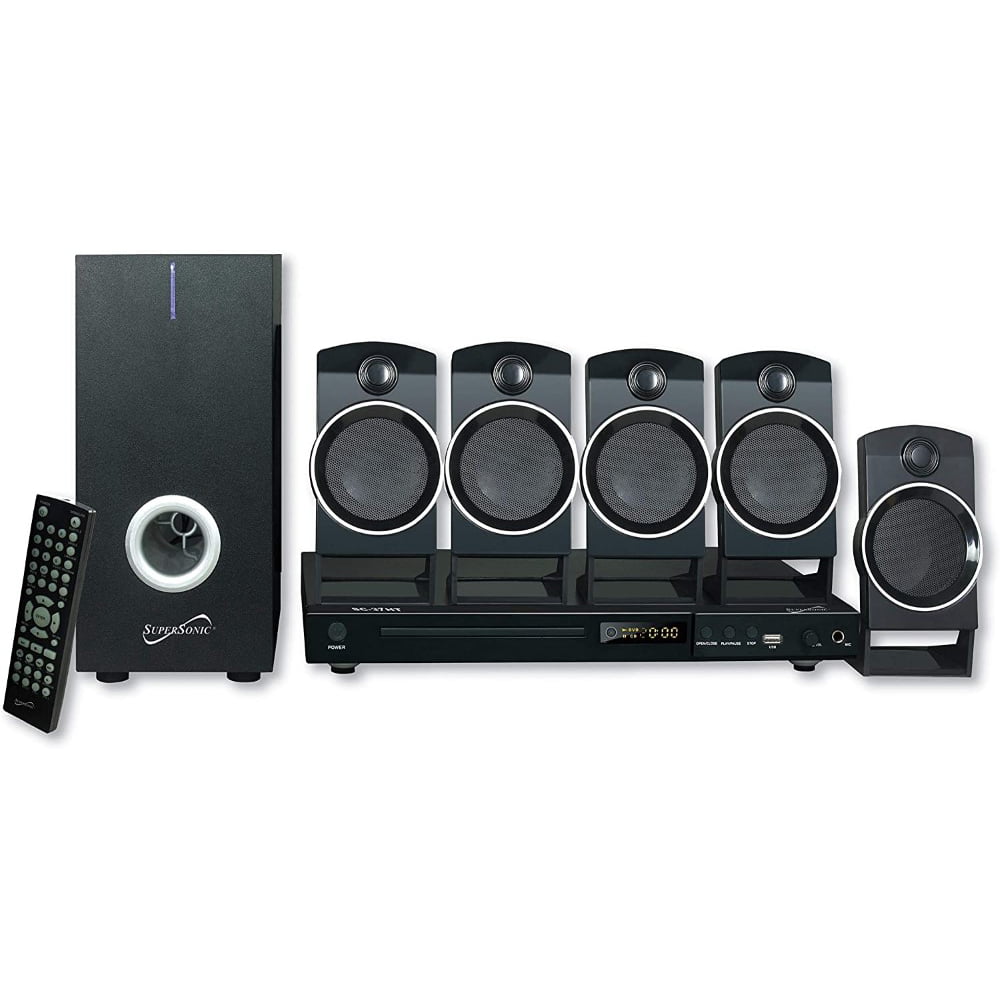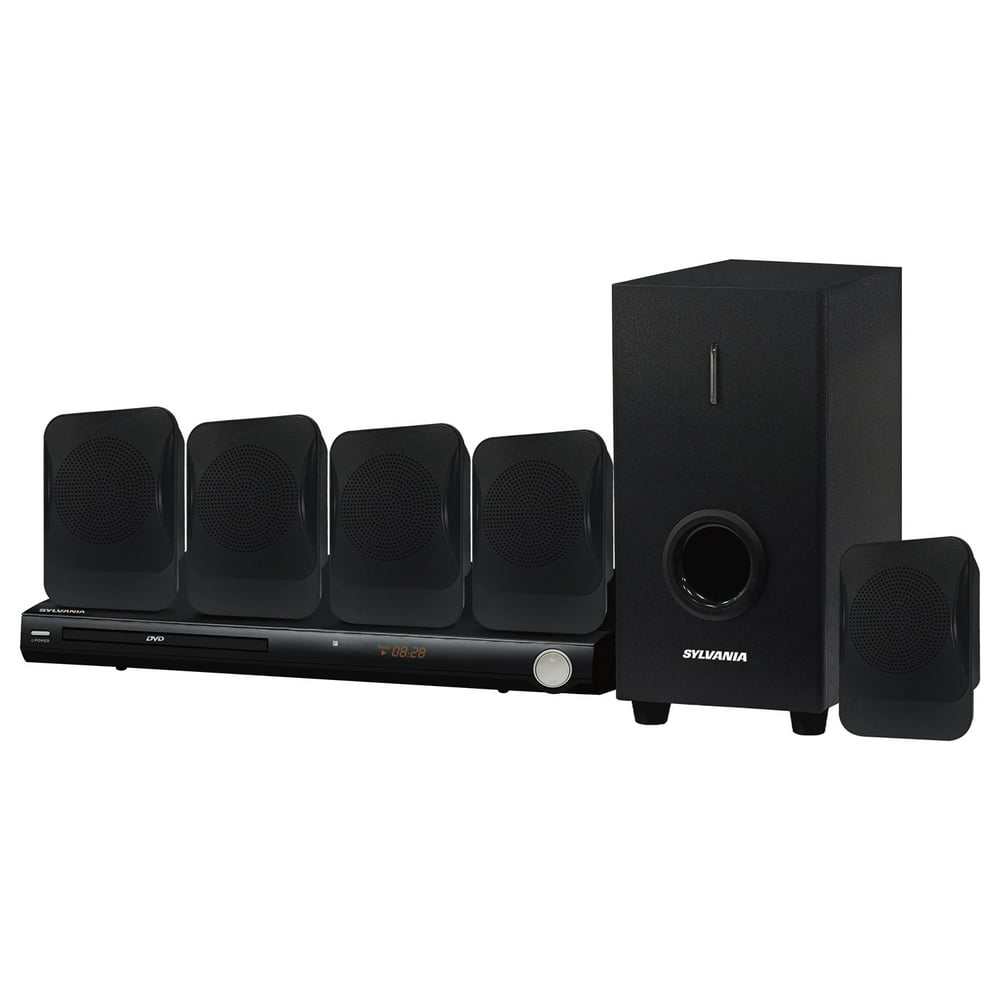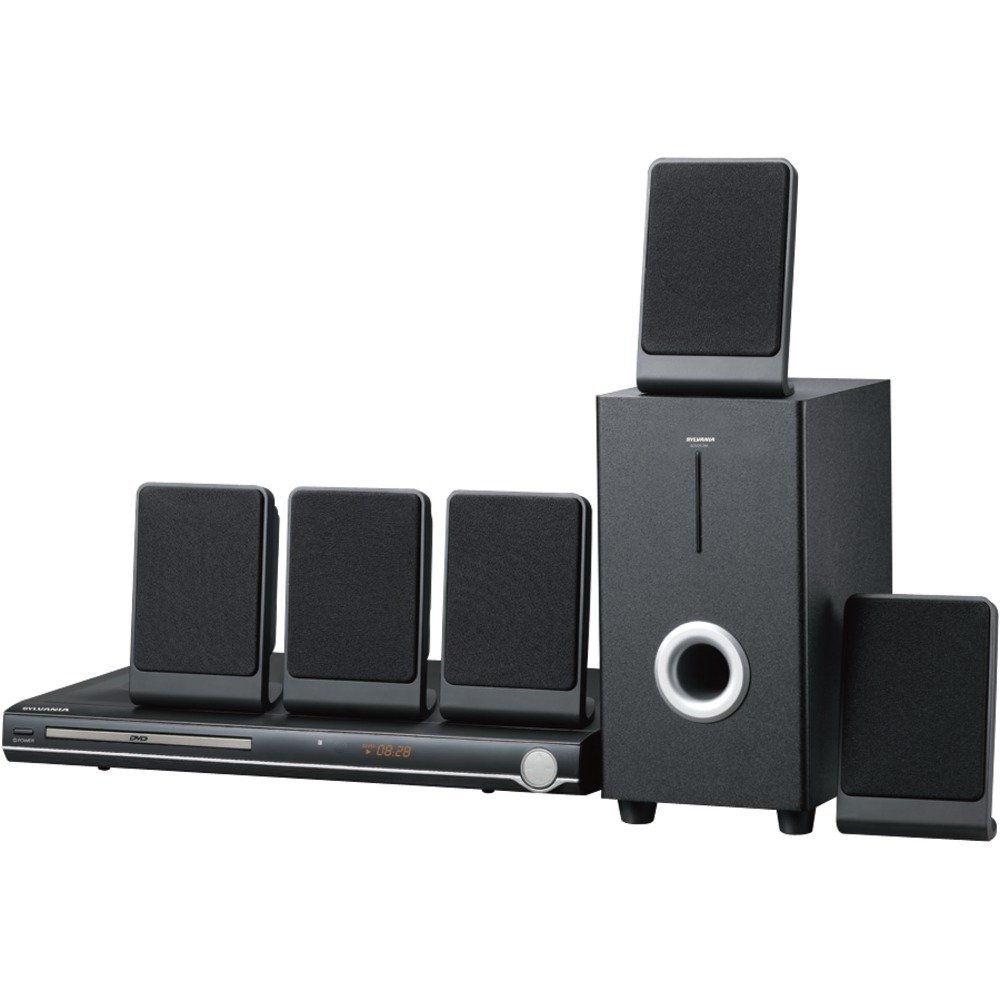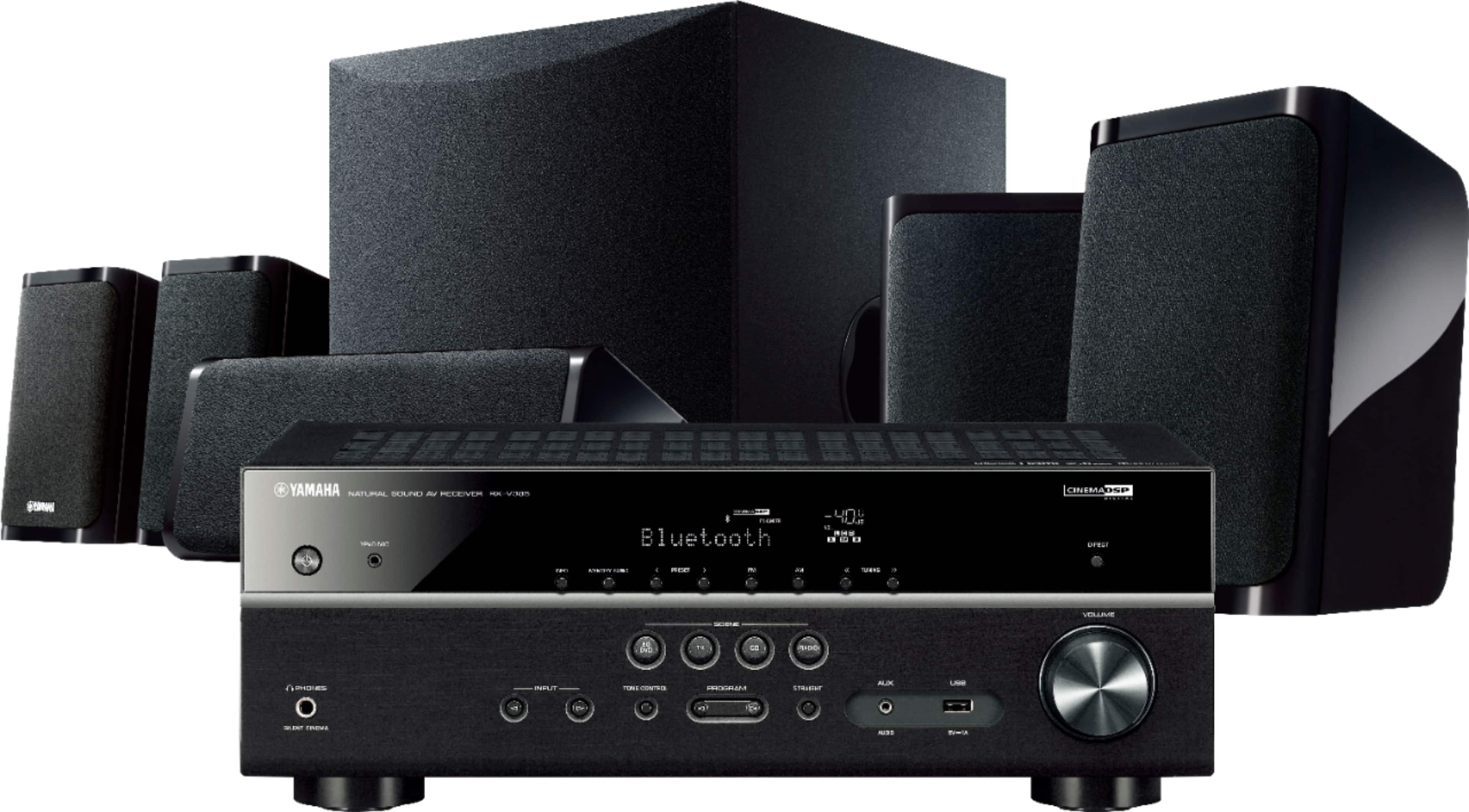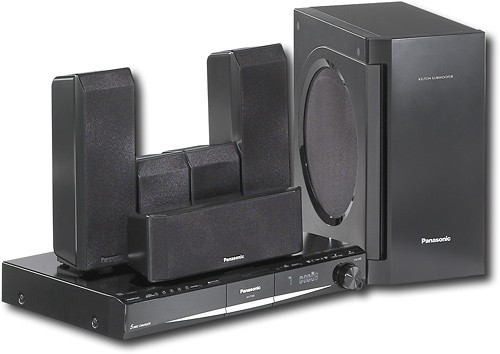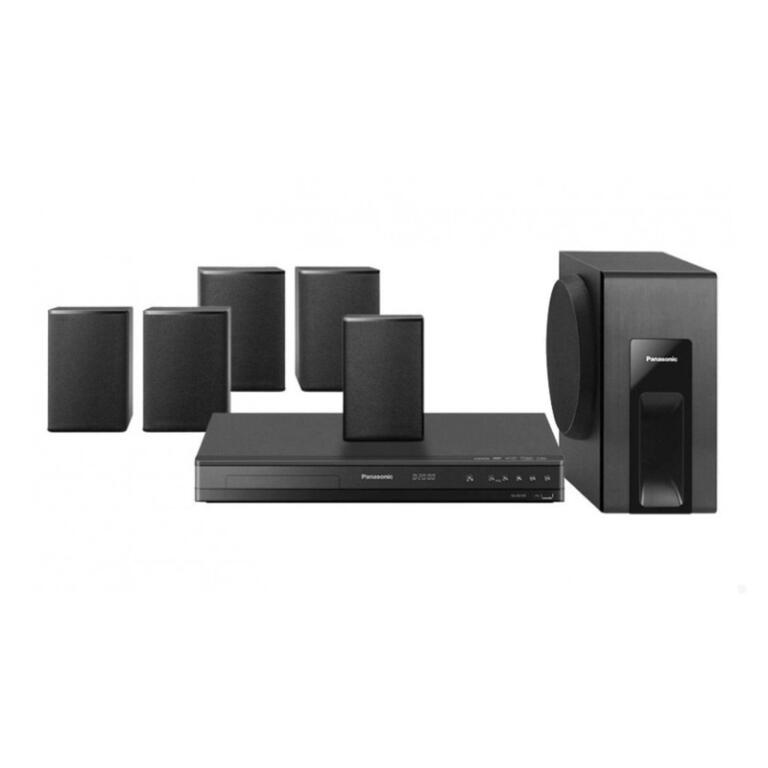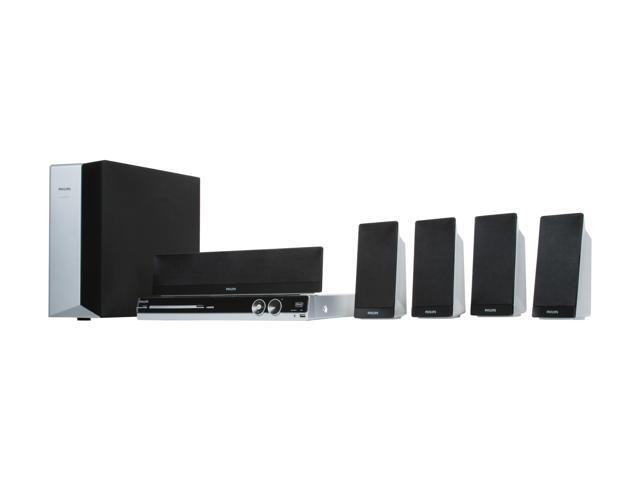5.1 Channel Dvd Player Receiver Home Theater System

The immersive experience of home theaters, once a luxury reserved for the affluent, is now increasingly accessible to a wider audience. Driven by advancements in technology and shifting consumer preferences, the 5.1 channel DVD player receiver home theater system market is undergoing a significant transformation, impacting both manufacturers and consumers.
This article delves into the current state of the 5.1 channel DVD player receiver home theater system market. We will examine the key drivers, challenges, technological innovations, and future trends shaping its trajectory. The market's dynamics reflect a complex interplay of consumer demand, technological progress, and evolving entertainment consumption habits.
Market Drivers and Growth Factors
Several factors are fueling the demand for 5.1 channel DVD player receiver home theater systems. The increasing availability of high-quality audio and video content, coupled with the desire for an immersive entertainment experience, are primary drivers.
Moreover, the affordability of these systems, compared to their higher-end counterparts, makes them an attractive option for budget-conscious consumers. The convenience of having a complete entertainment solution in a single package further contributes to their appeal.
Technological Advancements
Innovation plays a critical role in the evolution of home theater systems. Advancements in audio processing technologies, such as Dolby Digital and DTS, have significantly enhanced sound quality.
Improvements in amplifier technology have resulted in more efficient and powerful receivers. These advancements allow for better audio fidelity and a more immersive listening experience.
Furthermore, the integration of smart features, such as Bluetooth connectivity and streaming capabilities, is broadening the appeal of these systems.
Challenges and Constraints
Despite the positive growth outlook, the 5.1 channel DVD player receiver home theater system market faces several challenges. The rise of streaming services and the increasing popularity of soundbars present significant competition.
Consumers are increasingly opting for the convenience and space-saving design of soundbars, which offer a comparable audio experience without the need for multiple speakers. The challenge for manufacturers is to innovate and differentiate their products to remain competitive.
The declining popularity of physical media, such as DVDs, also poses a threat. This trend necessitates a shift towards systems that prioritize streaming and other digital content sources.
Consumer Preferences and Trends
Consumer preferences are evolving rapidly in the home entertainment space. There's a growing demand for systems that offer seamless integration with smart home ecosystems.
Consumers are also seeking systems that are easy to set up and use, with intuitive interfaces and minimal cabling. Aesthetics are also becoming increasingly important, with consumers favoring sleek and minimalist designs.
The trend towards personalized entertainment experiences is also influencing the market. Consumers want systems that can be customized to their individual preferences and viewing habits.
Competitive Landscape
The 5.1 channel DVD player receiver home theater system market is characterized by a diverse range of players, from established electronics giants to emerging brands. Competition is intense, with manufacturers constantly striving to offer the best value proposition.
Key players are focusing on product differentiation, through features such as improved audio quality, smart connectivity, and user-friendly interfaces. Marketing and branding efforts are also crucial for attracting and retaining customers.
Partnerships and collaborations between manufacturers and content providers are becoming increasingly common. This collaboration allows the delivery of a more integrated and seamless entertainment experience.
Future Outlook and Predictions
The future of the 5.1 channel DVD player receiver home theater system market is likely to be shaped by several key trends. The integration of advanced audio technologies, such as Dolby Atmos and DTS:X, will become more prevalent.
These technologies offer a more immersive and realistic surround sound experience. The focus will be on developing systems that are compatible with a wider range of audio and video formats.
The convergence of home theater systems with smart home ecosystems will also continue to gain momentum. Expect to see more systems that can be controlled via voice assistants and integrated with other smart devices.
While the popularity of DVDs may continue to decline, manufacturers will need to adapt by focusing on streaming and other digital content sources to stay relevant. The integration of high-resolution audio streaming services will become a key differentiating factor.





